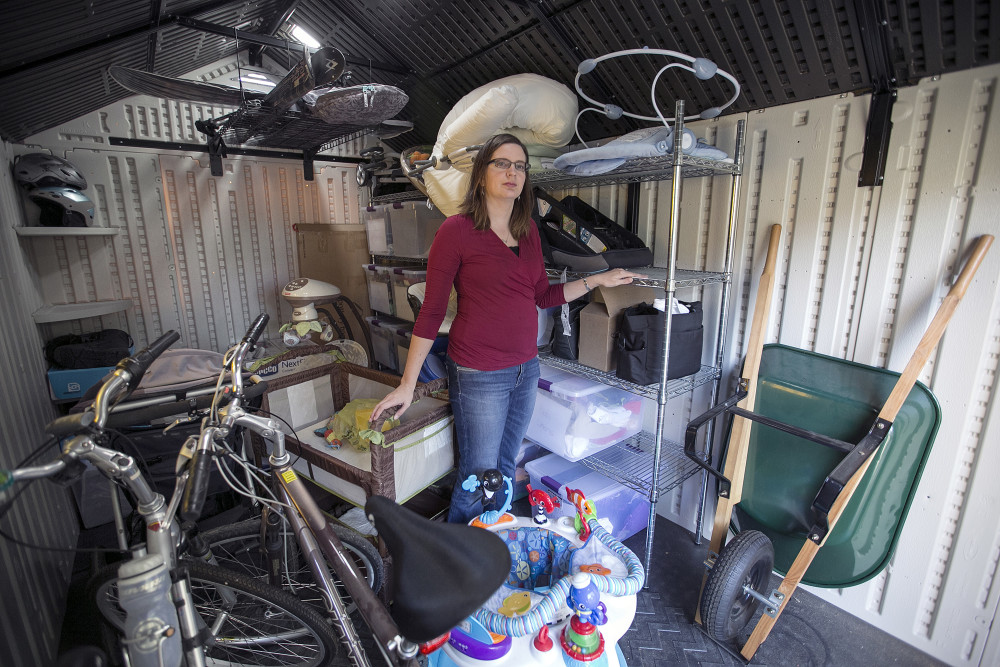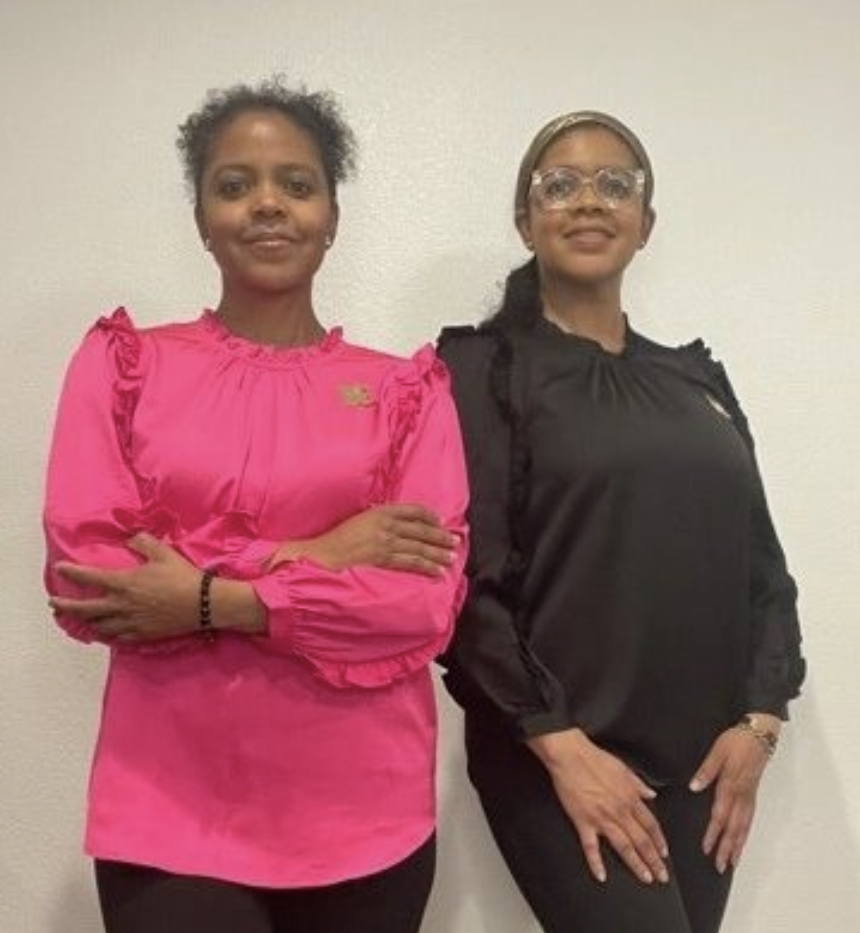By Martha Ross
San Jose Mercury News.
SAN JOSE, Calif.
Alicia Marmoros was desperate to bring some order to her Los Altos, Calif., home but didn’t know how to start. Every square inch of her kitchen counter, it seemed, was covered with gadgets and other items she had moved from lower cabinets to be out of her toddler son’s reach. Meanwhile, receipts, catalogs and other paperwork were piling up in her foyer. Finally, there was the chaos of the guest room closet and, most horrifying of all, the garage.
It all felt so chaotic, she felt she couldn’t function, couldn’t even think. And, she shuddered at what the mess might say about her competency as a stay-at-home mom, or even her character.
“My home is a reflection of who I am and what I do,” she thought.
Marmaros apparently is not alone in feeling overwhelmed, witness the popularity of “The Life-Changing Magic of Tidying Up,” which has sat on the New York Times best-seller list for more than a year, attaining almost cultlike status for some of its extreme streamlining advice.
Author Marie Kondo, a personal organizing guru from Japan, promises readers they can change their lives “dramatically” by putting their homes in order, comparing decluttering a house to detoxifying one’s body.
“Once you’ve experienced what it’s like to have a truly ordered house,” she says, “you’ll feel your whole world brighten.”
But to achieve such nirvana requires one to follow some fairly rigid rules, including organizing all at once, instead of in stages, and dramatically limiting the number of books, photos or mementos to keep.
Bay Area professional organizers find that while many clients crave that transformative tidying experience, they also hit emotional roadblocks, such as procrastination, dread, anxiety, confusion and an overwhelming fear of failure.
Even Kondo acknowledges: “Facing our possessions can be quite painful.”
So is there another approach? Absolutely, say Bay Area professional organizers. In fact, they concur, the key to success is understanding that there’s no one way to approach home organization. What’s important is what works for you.
Paula Berman, a Los Altos-based professional organizer who worked with Marmaros, says the most effective strategies align with how individual people think and how they define what it means to be organized.
That’s because “different people have different levels of tolerance for clutter,” she notes.
Isabella Guajardo, owner of the Oakland, Calif.-based Bella Organizing, adds that organizing all at once may not be practical for the amount of stuff that’s packed into many American households.
Still, she and Berman do agree with Kondo’s general prescription that people should only hang onto possessions that are truly useful or that bring them joy. Unfortunately, as Kondo notes, some people have a hard time deciding what’s worth keeping, because they may associate even mundane household items with loved ones or precious memories.
“Emotional attachments to things is what stalls a lot of people,” Guajardo says.
Emotions run especially high when people are going through a major life change, Guajardo says. She recalled a client who was trying to sort through her late husband’s clothing and other belongings.
buy zenegra generic buy zenegra online no prescription
“She was worried she wasn’t ready, that she was letting go of (her husband) much too soon. In that case, it’s not a good idea to rush.”
WHEN NOT TO PURGE
On the other side of the spectrum are those whose impulse to purge may not be healthy. She points to a client so eager for a fresh start during a painful divorce, she planned to move out of the house and to leave behind furniture or most household items. Again, Guajardo suggested she slow things down and consider the feelings of her children, who could be further traumatized by having to leave behind familiar surroundings.
She adds that special care needs to be taken with people who have been diagnosed with ADHD or anxiety and hoarding disorders.
An older client, for example, had a pantry that was overflowing with cans and boxes of food she admitted she would never use.
While she was now financially secure, the client had survived war and poverty, which left her with a deep-seated anxiety about letting food go to waste.
Guajardo was able to convince the woman to let her take the surplus food to a homeless shelter or food pantry, where it could be truly useful.
“It was so much easier for her to let it go,” she said, “when it was me physical transporting the items.”
But emotional roadblocks are also common even when there’s no traumatic life event involved. Berman works with stay-at-home moms like Marmaros, as well as doctors, lawyers and other professionals who function at high levels of efficiency in other areas of their lives but become paralyzed at the prospect of doing the same to their home.
“I work with a doctor who is the head of her department, but hates facing all the junk mail and catalogs that come to her,” she says. “After a day of delivering babies and saving lives, she can’t face getting on the phone and ask to be taken off some list.”
WHERE TO BEGIN?
One reason Marmaros had a hard time starting her tidying up is that the job seemed open-ended. Her perfectionist tendencies, plus the demands of raising a toddler, made her worry that straightening a drawer in one room would lead to an unwieldy job in another part of the house.
She knew that some of the items taking up space on her kitchen counter could go in the garage, but since the garage was “such a mess,” she wondered if she should start there.
“That was the loop I had gotten into, that I should clean out the garage first. But that was such a daunting idea, it just stopped me cold,” she says. “I tend to have an all-or-nothing approach. If I don’t have enough time to do it right, I won’t do anything.”
She said Berman helped her break her project into manageable jobs, each of which could be completed in a few hours. Berman also showed her how to stick to one task.
Over the course of six sessions that started last summer, Berman helped her first tackle the foyer, going through each and every item of paperwork. Marmaros especially appreciated Berman’s solution for all the unopened bottles of specialty sauces that crowded her pantry. Marmaros was reluctant to give them away because they had been gifts, and Marmaros, who loves cooking, hoped they would inspire her to try new dishes.
Berman came up with a compromise that allowed Marmaros to keep them, for the time being. She had her put them in a box, with a February date written on the top. Any sauces she doesn’t use by that date she must give away. Marmaros says she’s reminded to use the sauces every time she goes into the pantry and sees the box.
Through the step-by-step process that started in the foyer, Marmaros gained confidence in her ability to make decisions, to keep things in order, and to one day finish the garage. As Kondo’s book promises, tidying up has been transformative for Marmaros, but, with help, she had to find her own way there.
“I feel accomplished,” she says. “It’s like I can think again.”
















































































































































































































































































































































































